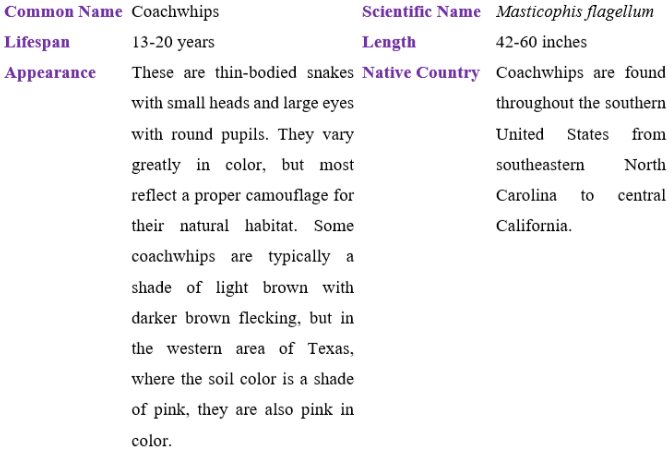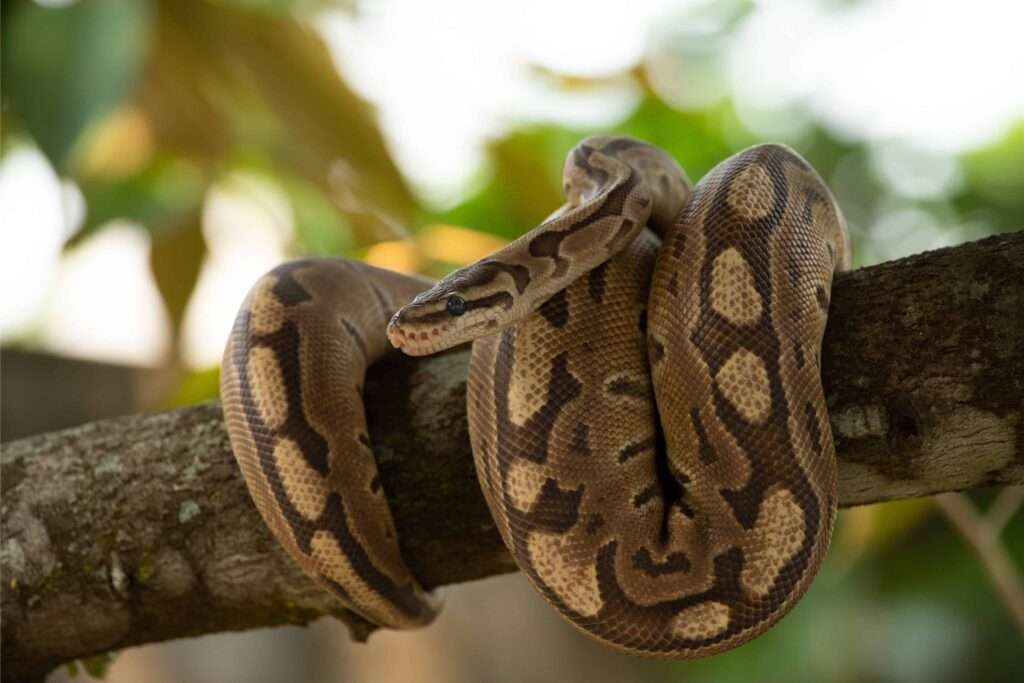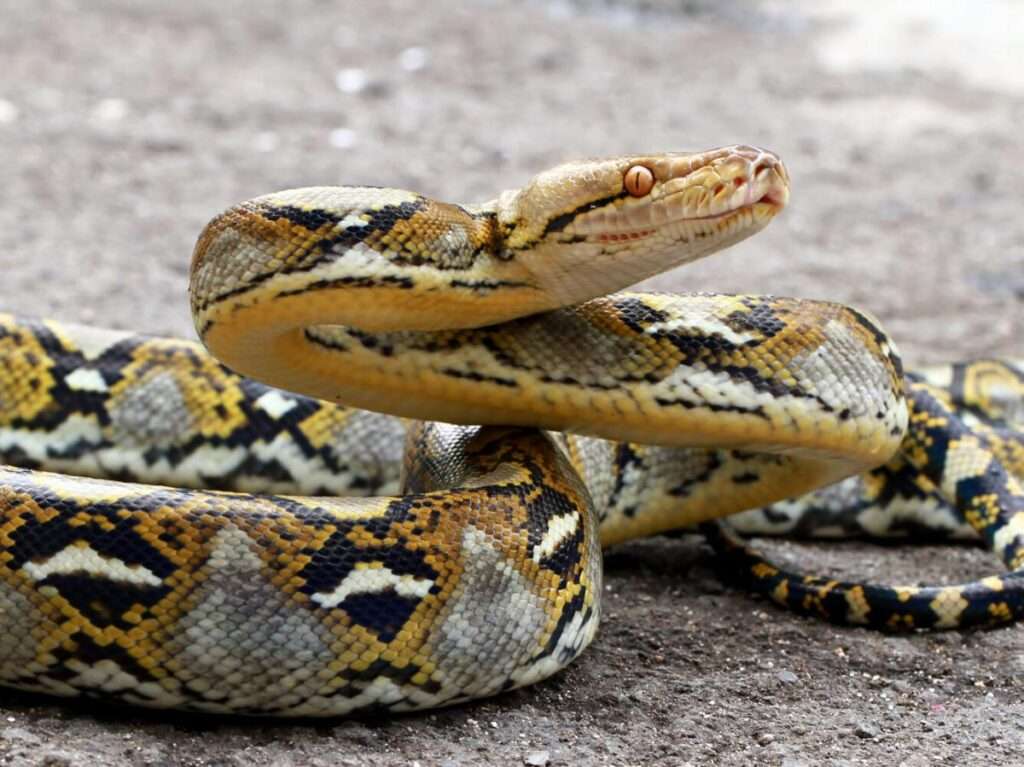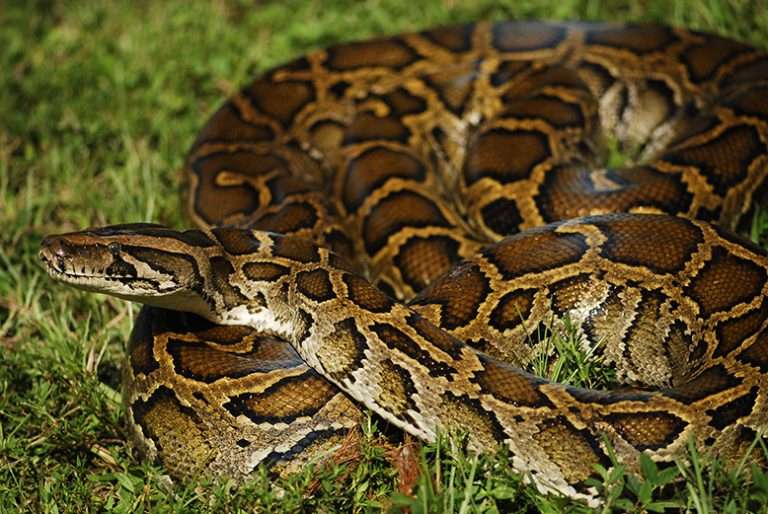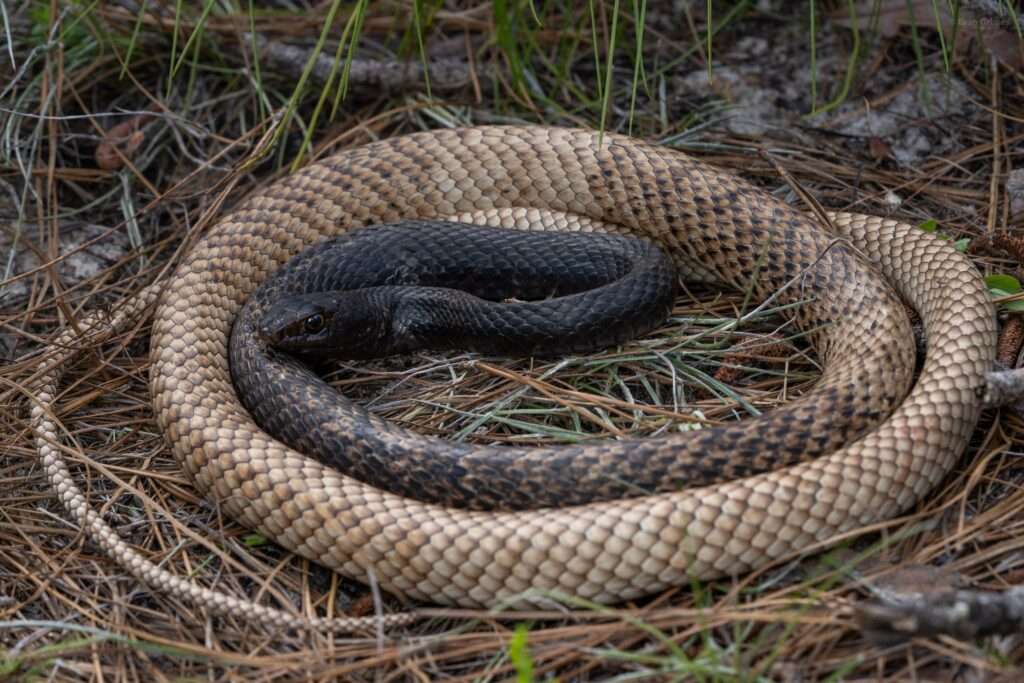
Description:
Scientific name: Masticophis flagellum
Life span: 13-20 years
Coachwhip or whip snake is the common name for the non venomous colubrid snake species Masticophis flagellum. These snakes have small heads, huge eyes, and circular pupils on skinny bodies. The majority of them reflect an appropriate camouflage for their natural habitat despite their wide color variations. Coachwhips are sometimes a light brown tint with deeper brown flecks, but in Texas’ western region, where the soil is a pinkish-red, they are also pink in color. Other coachwhips are frequently, though not always, coloured with some red.
Native Region/Habitat
Coachwhips can be found in the northern part of Mexico as well as the entire southern United States, from coast to coast. These snakes can also be found in open pine forests, ancient fields, prairies, grassland and savanna, thorn forests, chaparral, and rocky places. These environments typically have sandy soil and are similar to sandhill scrub and coastal dunes.
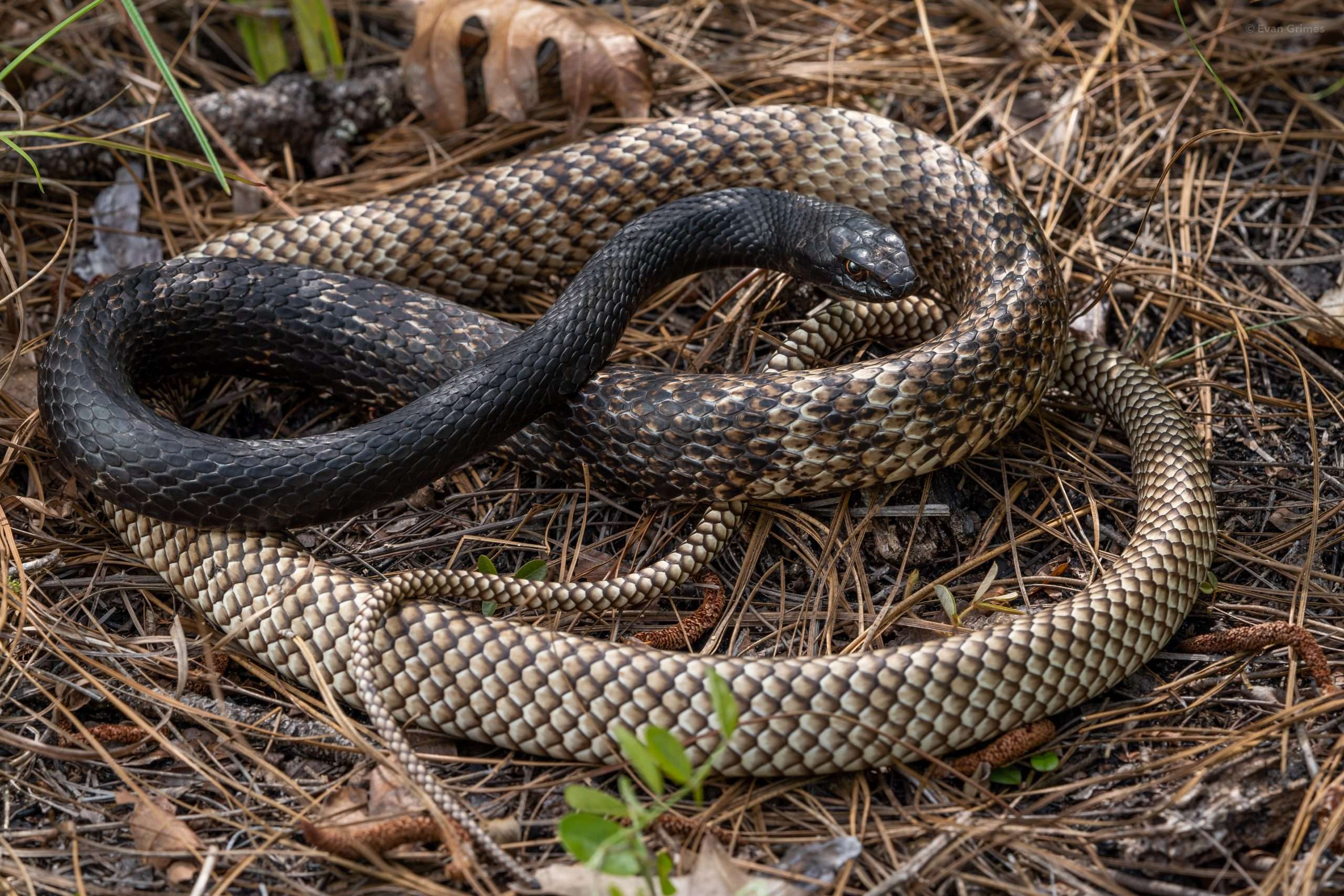
Behavior:
Coachwhips are solitary, diurnal snakes that hibernate in the colder months. They are most active when it is the hottest outside because they can tolerate the heat. These snakes conceal themselves in burrows, behind logs, or in leaf litter at night and in cool weather. Coachwhips are intelligent, perceptive animals that occasionally lift their heads above the level of the ground or rocks to survey their surroundings. They have a top speed of 4 to 7 miles per hour, making them incredibly quick snakes. Coachwhips are land animals, but they are also skilled climbers. While evading predators, they frequently seek refuge in small trees or bushes. They frequently flee at the first hint of a threat because of their susceptibility to it, and if trapped, they will attack without hesitation. Their bites might hurt, but they’re usually not harmful until they get infected, which can happen with any wound.
Care As a pet/In captivity:
Enclosure Conditions
What is needed is a wooden fake enclosure with glass for the front half and adequate ventilation. For a pair of Coachwhip snakes, a vivarium measuring 120 cm x 60 cm x 45 cm (4 ft x 2 ft x 18 in) is adequate. Keep the infants in a small hatchling tub and place them in a large enclosure. While some species have been known to prey on one another, make sure the snakes you maintain are of similar size. Moreover, be sure to give ample hiding places for them to use if they wish.
Install wire mesh anywhere there is a heat source to protect your snakes from heat burns.
Since you won’t receive an accurate reading from a thermostat installed in the vivarium, mount thermometers on both sides of the enclosure instead.
Make sure your pet has access to fresh water at all times. Little water dishes are needed for these snakes.
Newspaper or chip shop paper are the ideal substrate for this snake. Because this snake is highly stressed, provide them with lots of hiding places. Because it has a nice aesthetic appearance, bark mulch (without cedar or pine) also makes a good substrate. However, you should take care to prevent them from eating them while they are feeding.
Feed them in captivity at intervals of five days with rats of the appropriate size. Being nimble, they have a faster metabolism than most colubrids. Never use your hand to feed these snakes. Use the tongs every time.
Table
